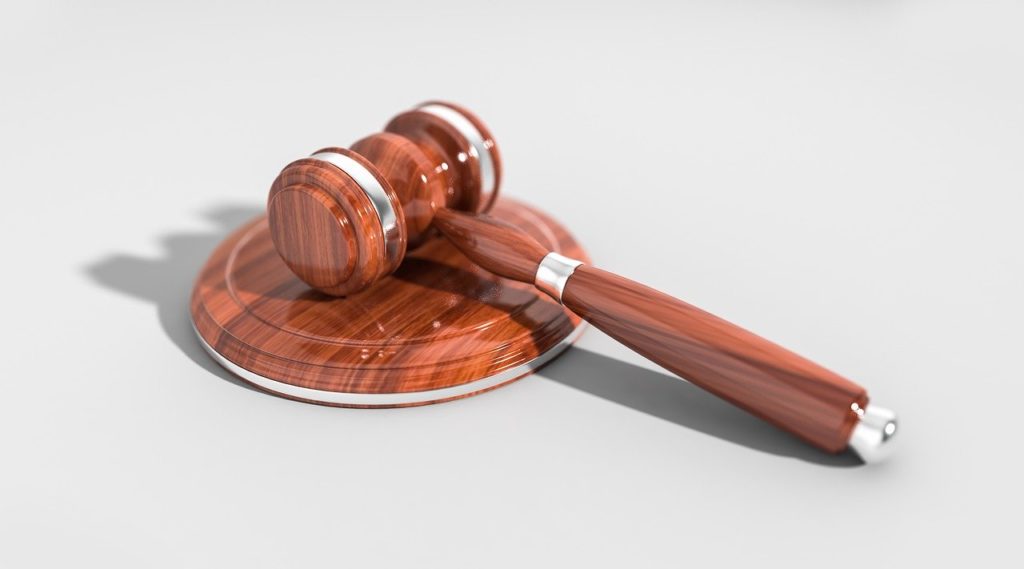If you are injured due to another party’s negligence, the law allows you to sue for damages that result from the accident. A successful claim receives compensation for economic and non-economic damages.
While it is easy to calculate and quantify monetary damages, very few people understand how to go about non-economic damages. That is why it is essential to work with a legal expert. This article explains how to sue for non-economic damages.
Economic damages in personal injury cases
Before looking at the non-economic damages, it is recommended that we look at the common economic damages. These include:
- Past and future medical bills: The doctor will provide medical records to help calculate all the bills, including what might be used in the future for treatment and therapy.
- Lost wages: This is compensation for missed workdays when seeking treatment and reduced working capacity if any.
- Property damage: In any accident, the results are usually bodily injury and property damage. Even slip and fall accidents have property damage that could be a phone or a watch on the victim’s hand.
Non-economic damages
Non-economic damages include pain and suffering the victim experienced as a result of the accident. Additional damages that fall in this category include disfigurement, embarrassment and humiliation, loss of consortium, and loss of life enjoyment. You will need an expert to help you calculate these damages, or else the insurance and the defendant might take advantage of the situation. Here is an overview:
Remember, no two accidents are the same. Therefore, each case has its value of non-economic damages that will need to be calculated each time. The total amount of money you get for pain and suffering is mainly determined by testimony by medical experts, medical bills, and anything else that proves the weight of the injuries you suffered. The judge will also consider your age, type of injury, and how the injury will affect your daily life. Compensation is higher if the damage significantly impacts your hobbies, social life, and how you perform daily chores. There are two main methods of calculating pain and suffering:
- Multiplier method: Medical bills and lost wages are multiplied by a specific number, mainly between one and five. The result is the payment for pain and suffering.
- Per-day approach: This method assigns a specific amount to each day from the accident to the time of full recovery. The total amount is the payment for non-economic damages.
Why you should work with an attorney
From the discussion above, it is clear that calculating the payment for pain and suffering can be complicated. The insurance always looks for ways of reducing the settlement or avoiding paying the compensation entirely. They may point out that you were also partly liable for the accident. If you or someone you know has sustained personal injury due to someone else’s negligence, call our North Bergen Personal Injury Attorney at 201-733-2230 to protect your rights and get a reasonable settlement.
